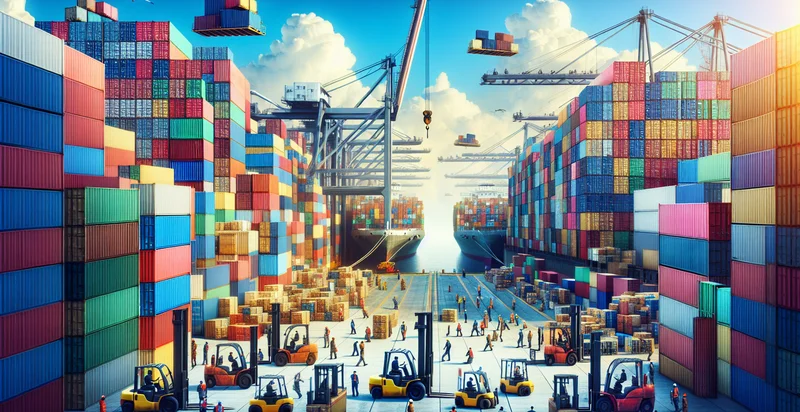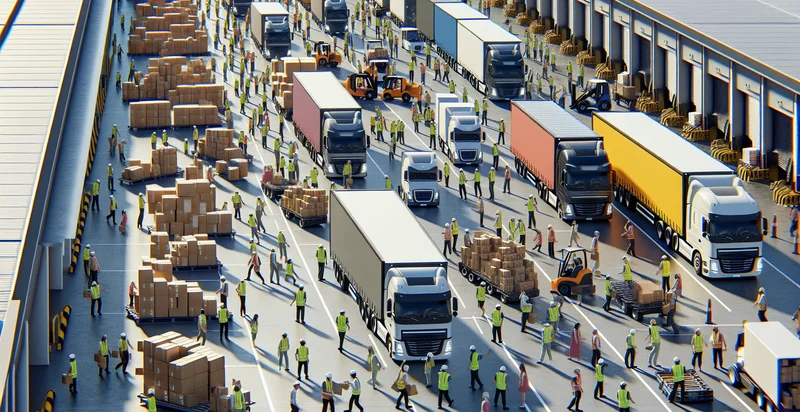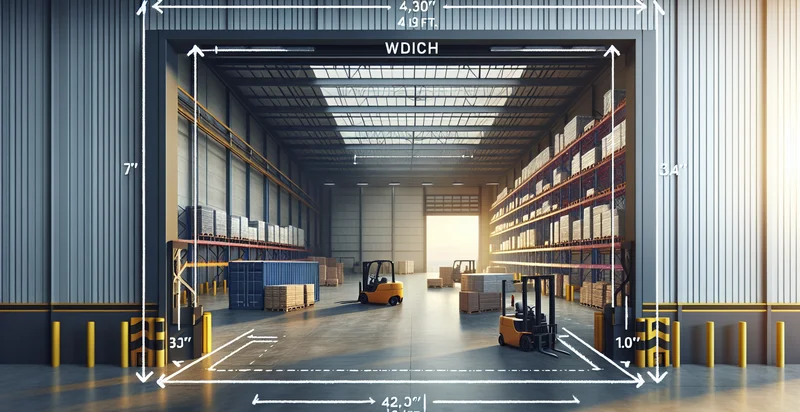Identify loading locations
using AI
Below is a free classifier to identify loading locations. Just upload your image, and our AI will predict where loading locations are most likely to be found. - in just seconds.

Contact us for API access
Or, use Nyckel to build highly-accurate custom classifiers in just minutes. No PhD required.
Get started
import nyckel
credentials = nyckel.Credentials("YOUR_CLIENT_ID", "YOUR_CLIENT_SECRET")
nyckel.invoke("loading-locations", "your_image_url", credentials)
fetch('https://www.nyckel.com/v1/functions/loading-locations/invoke', {
method: 'POST',
headers: {
'Authorization': 'Bearer ' + 'YOUR_BEARER_TOKEN',
'Content-Type': 'application/json',
},
body: JSON.stringify(
{"data": "your_image_url"}
)
})
.then(response => response.json())
.then(data => console.log(data));
curl -X POST \
-H "Content-Type: application/json" \
-H "Authorization: Bearer YOUR_BEARER_TOKEN" \
-d '{"data": "your_image_url"}' \
https://www.nyckel.com/v1/functions/loading-locations/invoke
How this classifier works
To start, upload your image. Our AI tool will then predict where loading locations are most likely to be found..
This pretrained image model uses a Nyckel-created dataset and has 20 labels, including Airport Cargo Area, Bulk Storage Facility, Cold Storage Facility, Construction Site, Container Terminal, Distribution Center, Freight Terminal, Loading Dock, Logistics Center and Manufacturing Plant.
We'll also show a confidence score (the higher the number, the more confident the AI model is around where loading locations are most likely to be found.).
Whether you're just curious or building loading locations detection into your application, we hope our classifier proves helpful.
Related Classifiers
Need to identify loading locations at scale?
Get API or Zapier access to this classifier for free. It's perfect for:
- Logistics Optimization: Implementing the false image classification function can help logistics companies verify loading locations captured through imagery. By identifying incorrect loading locations early, corporations can minimize shipping delays and reduce costs associated with misrouted shipments.
- Fraud Detection: Retail businesses can utilize this function to identify false visual representations of loading locations in warehouse management systems. This capability enables them to detect and prevent fraudulent claims related to inventory discrepancies or shipping falsifications.
- Supply Chain Verification: Manufacturers can deploy this identifier to ensure that the loading locations comply with their established supply chain protocols. It enhances accountability and integrity across the supply chain by providing real-time verification of loading zones.
- Warehouse Management: In warehouse environments, this function helps streamline operations by accurately identifying whether goods are being loaded at the correct locations. This reduces the likelihood of errors in order fulfillment and enhances overall operational efficiency.
- Insurance Claims Processing: Insurers can leverage this technology to verify loading locations in the event of a cargo claim. By confirming whether the claimed loading zones match the visual evidence, insurers can expedite claims processing and reduce fraudulent activities.
- Compliance Monitoring: Regulatory bodies can use this function to monitor compliance with transport and loading regulations. By ensuring that loading occurs at authorized locations, this technology supports adherence to safety and legal standards in shipping operations.
- Data Analytics for Decision-Making: Businesses can analyze discrepancies between expected and actual loading locations, generating valuable insights into operational trends. This information can inform strategic decisions aimed at enhancing logistics efficiency and optimizing resource allocation across the organization.


